HOMER Grid software now models EV charging stations
Green Car Congress
JUNE 16, 2020
HOMER Energy by UL, a global developer of energy modeling software, announced that HOMER Grid , software for designing grid-tied distributed energy projects, can now model how hybrid systems power electric vehicle (EV) charging stations. The solution is to co-locate renewables and storage with charging infrastructure.


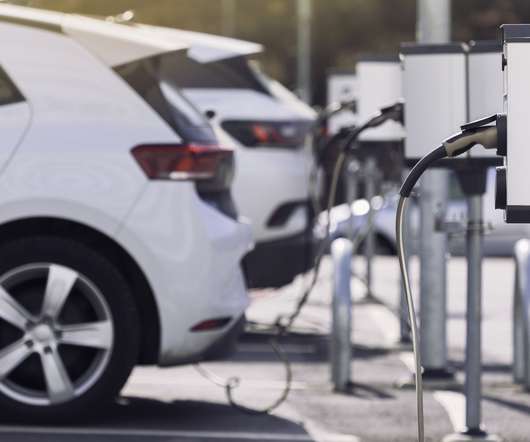
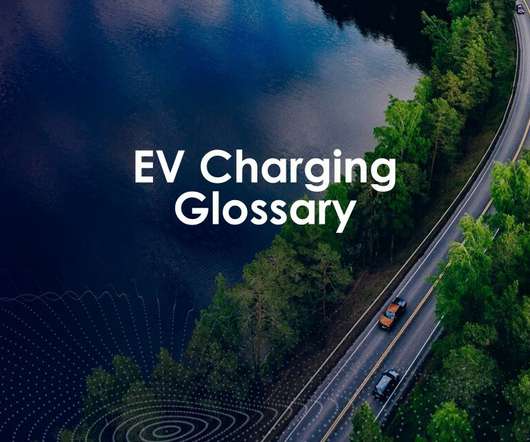
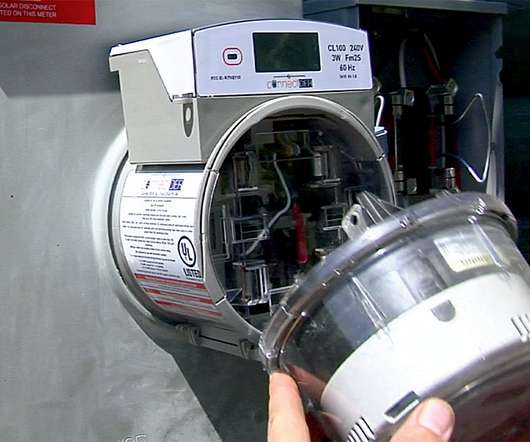
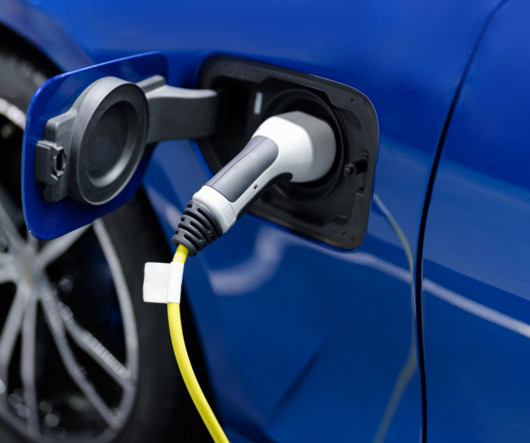
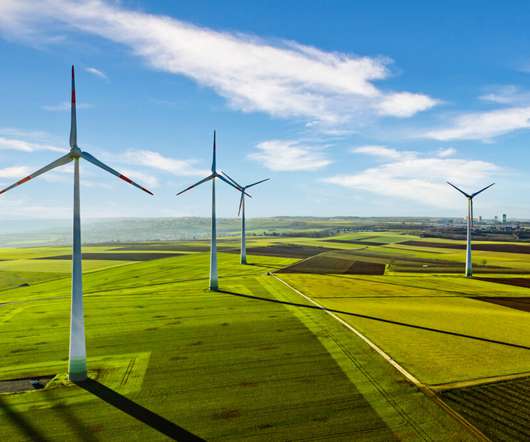

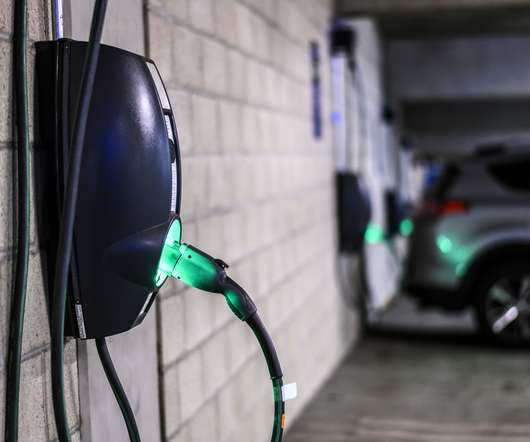
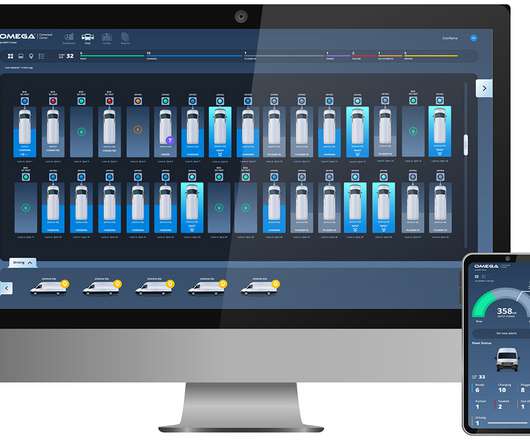
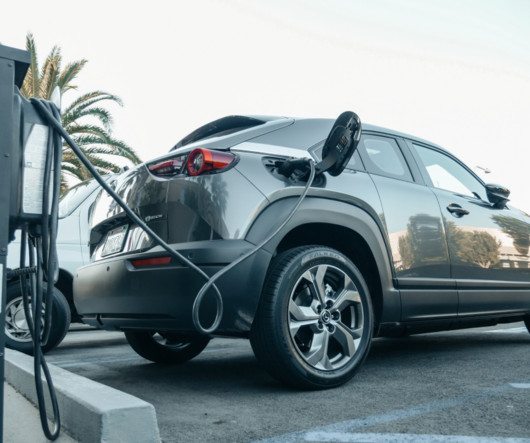
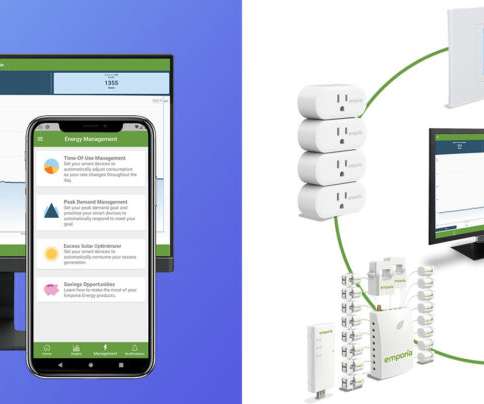







Let's personalize your content